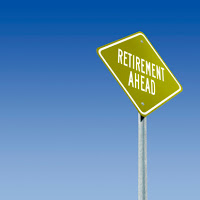The Who of Mediation: Mediator “Styles” and Riskin's New Grid System
.JPG)
A decade after his first “grid” article, described in my last posting here , Professor Len Riskin looked again at the question of mediator style, orientation, or strategies. Perhaps influenced by his 20-year experience in mediation, or by his understanding of “living in the moment” derived from his mindfulness meditation practice, or perhaps because of the increasingly shriller debate about which style was “best,” he took a more nuanced and fresh look at the original grid. See Leonard Riskin, Who Decides What? Rethinking the Grid of Mediator Orientations , 9 No.2 Disp. Resol. J. 22 (2003). He now suggests, I think, that we mediators should be gentler with each other. Instead of labeling ourselves and each other (bad, bad evaluator or flakey, inefficient facilitator, or weird transformative mediator), mediators can ask instead what the parties need in the moment. Mediators can also listen better when the parties ask us for what they need in the moment. He su




